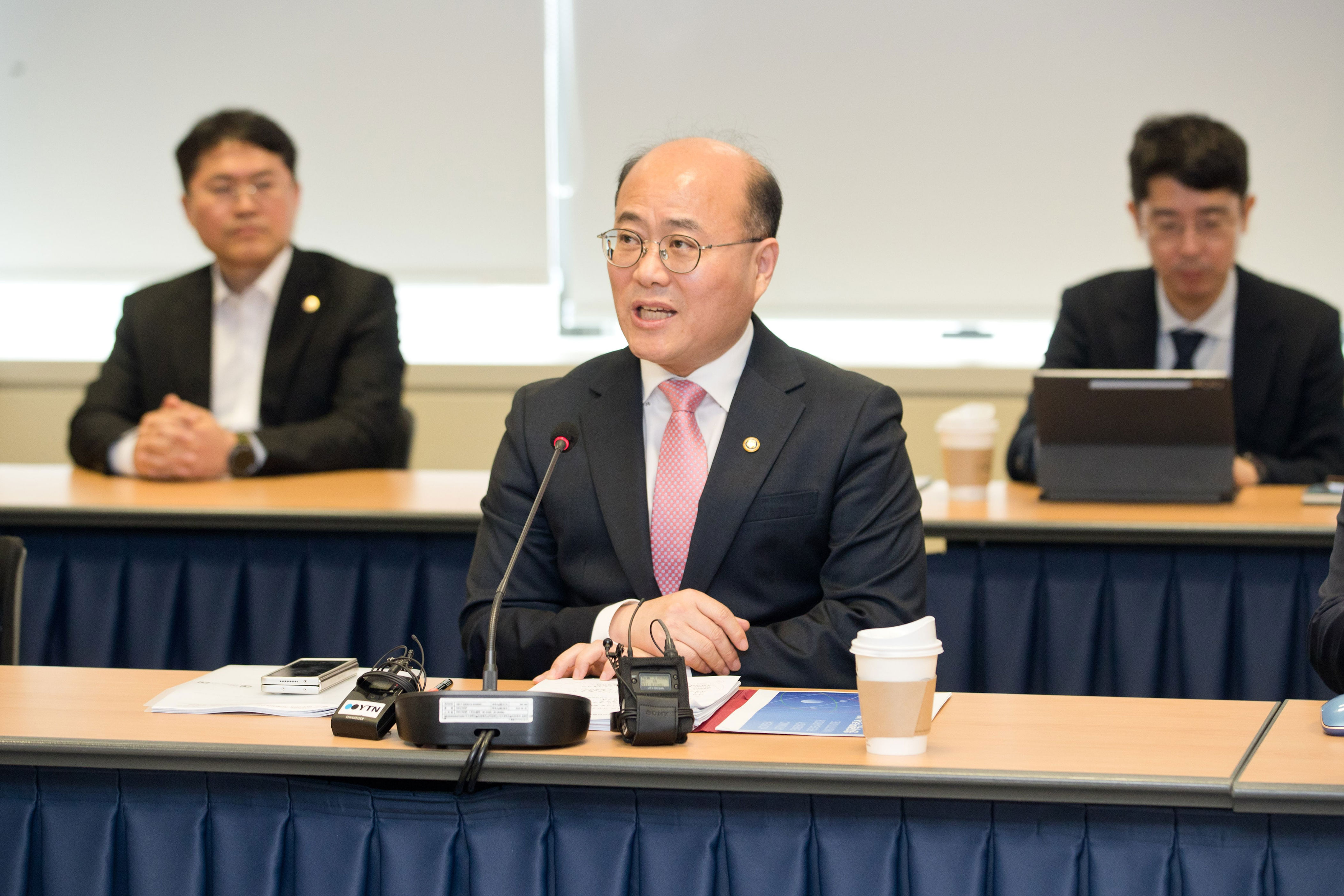

In 1959, when South Korea launched its inaugural research reactor, it was supported by the United States, which at that time held dominance over international nuclear technology. Over sixty years later, this dynamic has experienced a subtle yet meaningful change.
On April 17, a significant agreement was unveiled as a South Korean group headed by KAERI (Korea Atomic Energy Research Institute) won a contract to develop a new 20-megawatt research reactor for the University of Missouri. This collaboration represents not only South Korea's initial exportation of reactor design expertise to the U.S., but also highlights the nation’s growing presence in the field of nuclear R&D.
The core of this agreement revolves around an indigenous nuclear fuel innovation developed by KAERI, which experts consider one of South Korea's major scientific accomplishments recently: high-density, low-enriched uranium (LEU) fuel. This patented technology enables reactors to sustain top efficiency even with uranium enriched at reduced levels, significantly lowering the chance that the materials could be misused for weapon production.
For the South Korean administration, this agreement signifies much more than just the shipment of reactor components and design plans. It serves as recognition of South Korea’s standing as a leading nation in nuclear technology—a sector traditionally led by the United States, Russia, and several European countries.
It's significant to observe. Under an updated Department of Energy guideline, the United States has been reinforcing its non-proliferation strategies, labeling several nations—including South Korea—as "sensitive countries" regarding their involvement in nuclear research collaborations. This decision sparked worries in Seoul over possible limitations on forthcoming cooperation between Korean entities and American nuclear labs and educational institutions.

However, the new reactor deal seems to have alleviated these concerns primarily due to the specific technology central to the project. KAERI’s LEU fuel, featuring a more concentrated arrangement of uranium with enrichment levels significantly beneath weapon-grade limits, played a crucial role in securing the contract for an international bid from the University of Missouri. This institution manages America’s biggest research reactor located on-campus and stands as the country’s only manufacturer of medical isotopes such as lutetium-177; hence, they were looking for a collaborator able to fulfill stringent performance requirements alongside enhanced safety protocols.
President Joo Han-gyu of KAERI stated that the organization entered into an agreement with Argonne National Laboratory, a research facility operated by the United States Department of Energy, through an Memorandum of Understanding (MOU) signed on April 14. He also mentioned that they subsequently completed the reactor export arrangement smoothly. "There should be no cause for excessive concern domestically regarding this classification," Joo emphasized.
For KAERI, which initiated the development of high-density LEU fuel over ten years ago, this agreement provides a business opportunity in a specialized yet growing sector. These research reactors are becoming more desirable for producing medical isotopes, advancing semiconductor materials, and conducting sophisticated material tests—applications anticipated to boost the requirement for between 30 to 50 additional reactors globally within the upcoming twenty years, as stated by the Ministry of Science.
The Missouri project, with an approximate value of $10 million for the preliminary design stage and roughly $1 billion in total costs, has the potential to act as a catalyst for further export opportunities. According to South Korean authorities, their objective extends beyond just advancing reactor designs; they also aspire to make strides in associated sectors like small modular reactors (SMRs) and the provision of nuclear fuels.
It’s quite different from the times when South Korea’s nuclear program depended on American technology and know-how. Today, the nation’s scientists are sending advancements back to where their own program originally started.
"Reactor exports showcase a nation's industrial capabilities, whereas research reactor exports highlight its prowess in research and development," stated Professor Chung Bum-jin from Kyung Hee University, who specializes in nuclear engineering.

Our website uses cookies to improve your experience. Learn more